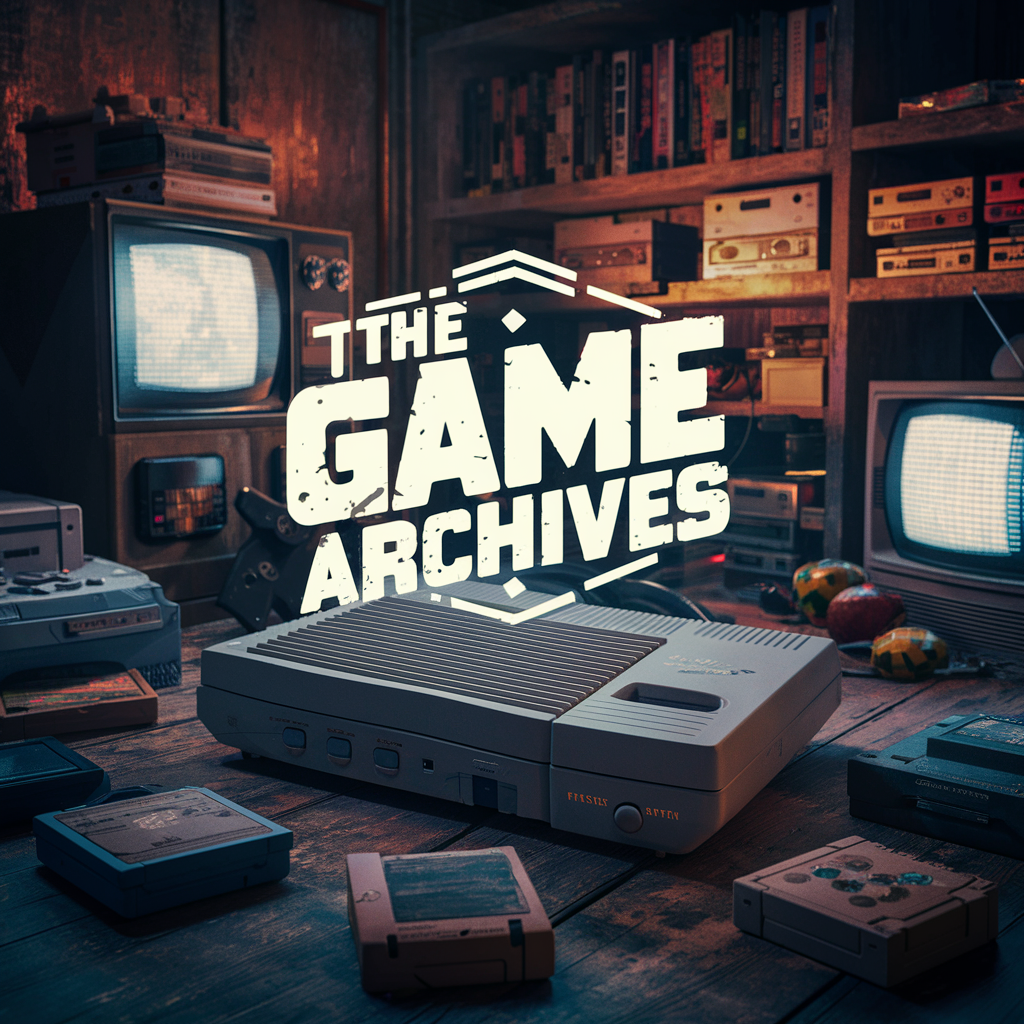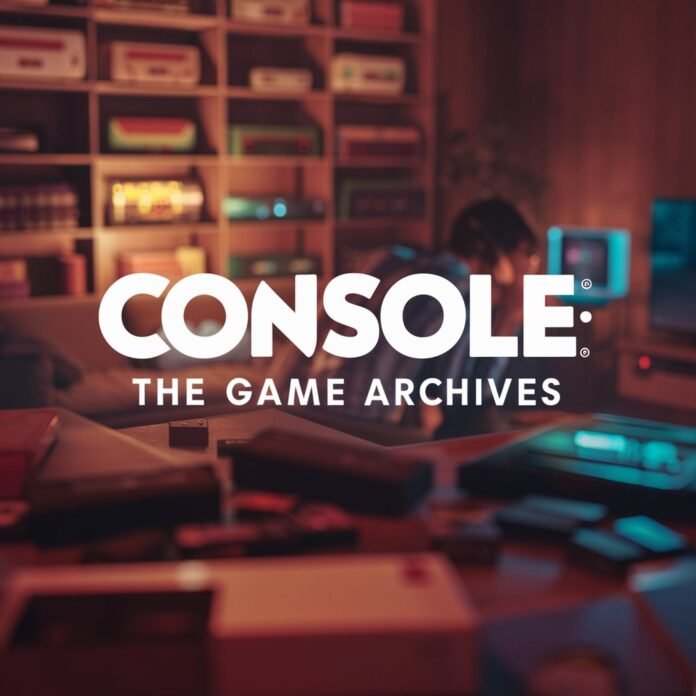Introduction
From the humble beginnings of the Magnavox Odyssey to the cutting-edge power of modern consoles, gaming hardware has shaped how we experience interactive entertainment. Console TheGameArchives is dedicated to documenting and preserving the complete history of video game systems – their technological innovations, cultural impact, and the games that defined them. This article explores how console preservation differs from software archiving, the challenges of maintaining aging hardware, and why keeping these physical pieces of gaming history matters in an increasingly digital world. Whether you’re a collector, modder, or simply curious about gaming’s technological evolution, join us as we examine the crucial work being done to ensure future generations can experience gaming as it was originally intended.
1. The Console Timeline: A Journey Through Gaming Generations
The history of video game consoles is a story of relentless innovation and fierce competition. The first generation of home consoles in the 1970s brought simple Pong clones into living rooms, while the second generation introduced cartridge-based systems like the Atari 2600 that allowed for more complex games. The Nintendo Entertainment System revived the industry after the 1983 crash, establishing many conventions we still see today. The 16-bit era saw the legendary battle between Sega Genesis and Super Nintendo, while the fifth generation brought us into 3D gaming with PlayStation, Nintendo 64, and Sega Saturn. Each subsequent generation has pushed technological boundaries further, from online connectivity to motion controls to 4K gaming. Console TheGameArchives meticulously documents each system’s specifications, launch titles, and cultural significance, creating a comprehensive resource for understanding how hardware evolution has shaped gaming experiences.
2. Hardware Preservation: The Challenges of Keeping Consoles Alive
Preserving gaming consoles presents unique challenges that go beyond software archiving. Unlike digital games, physical hardware suffers from inevitable decay – capacitors leak, plastic yellows, and chips fail. Many classic systems used proprietary components that are now difficult to source, making repairs increasingly challenging. The GameArchives team works with hardware experts to develop solutions ranging from capacitor replacement guides to FPGA-based recreation projects that can mimic original hardware behavior. Special attention is given to preserving rare variants and prototypes, like Nintendo’s cancelled SNES CD-ROM add-on or Sony’s mysterious PSX hybrid console. This section explores the technical hurdles of console preservation and the innovative methods being developed to keep these systems operational for decades to come.
3. The Modding Community: Breathing New Life Into Old Hardware

The console modding community has become an essential force in hardware preservation, developing solutions that extend the lifespan of aging systems while enhancing their capabilities. From installing HDMI mods in classic consoles to creating flash cartridges that replace failing optical drives, modders are finding ways to make vintage hardware compatible with modern displays and accessories. Projects like the MiSTer FPGA system offer hardware-accurate recreations of classic consoles, while others focus on repairing and refurbishing original units. Console TheGameArchives highlights notable modding achievements, interviews leading figures in the community, and provides resources for those looking to preserve or enhance their own console collections. These efforts not only maintain original hardware but often improve upon it while staying true to the authentic experience.
4. Console Exclusives: Preserving Games That Defined Systems
Every console has its killer apps – games that not only demonstrated the hardware’s capabilities but became synonymous with the system itself. From Super Mario Bros. on NES to Halo on Xbox, these exclusives shaped gaming history and consumer expectations. Console TheGameArchives maintains a specialized archive documenting these system-defining titles, including development histories, technical breakdowns, and preservation status reports. Particular attention is given to games that remain locked to their original hardware due to licensing issues or technical challenges in emulation. This section explores why these exclusives matter, the difficulties in preserving them, and ongoing efforts to ensure they remain accessible as their original hardware becomes increasingly rare.
5. The Future of Console Preservation: Challenges and Innovations
As gaming moves toward an all-digital future with cloud streaming and subscription services, console preservation faces new challenges. How will we preserve systems that rely entirely on internet connectivity? What happens to digital storefronts when manufacturers decide to shut them down? Console TheGameArchives examines these pressing questions while spotlighting emerging solutions like custom server projects for discontinued online services and grassroots efforts to archive digital-only console titles. The section also looks ahead to how current consoles might be preserved, considering their complex architectures, constant firmware updates, and integrated digital ecosystems. By addressing these challenges now, we can ensure that today’s gaming experiences won’t become tomorrow’s lost history.
Conclusion: Why Console Preservation Matters for Gaming’s Legacy
Console preservation is about more than nostalgia – it’s about maintaining the complete context in which games were originally experienced. The tactile feel of a controller, the sound of a cartridge slot, the glow of a CRT screen – these elements are all part of gaming’s heritage. Console TheGameArchives serves as both a museum and a research center, documenting not just what games were played, but how they were played. As we look to the future, the work of hardware preservation becomes increasingly vital, ensuring that the physical artifacts of gaming history remain accessible to players, researchers, and historians. Every console tells a story, and through careful preservation, we can keep those stories alive for generations to come. The joysticks may gather dust, but with proper care and attention, they’ll always be ready for one more game.



